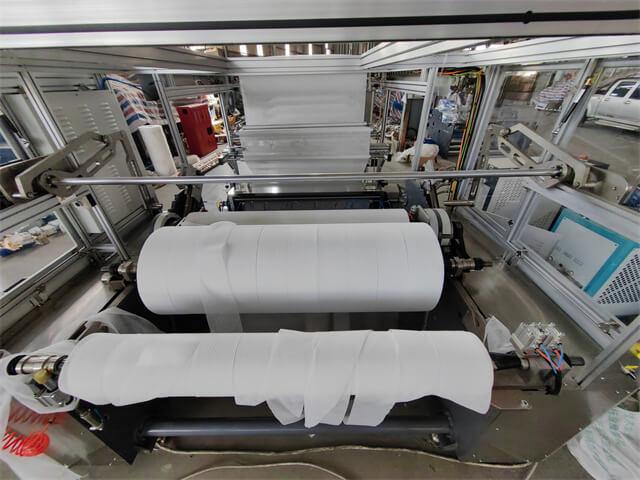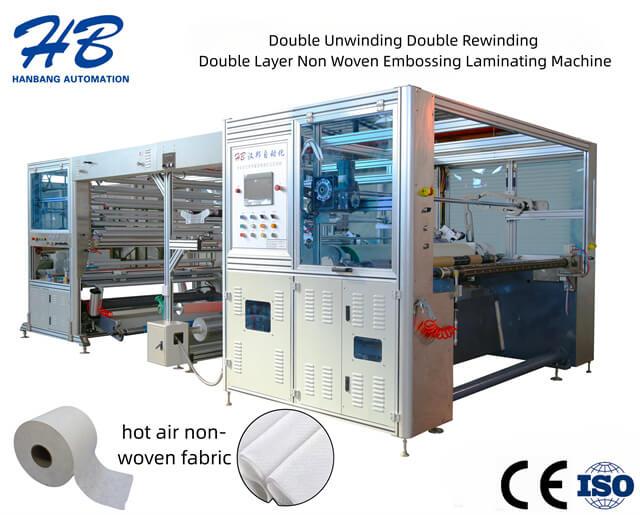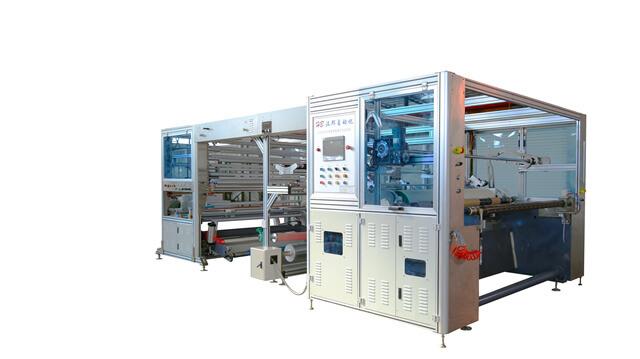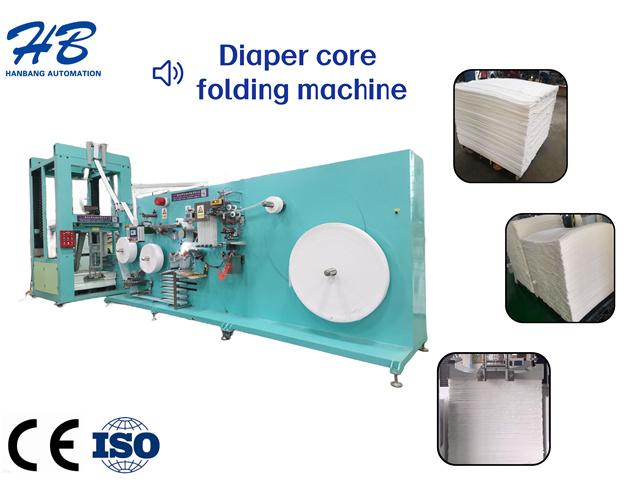
Introduction. 1. Introduction to Non-Woven Needle Punching Machine. 2. High-Quality Non-Woven Fabrics for Absorbency. 3. Soft and Comfortable Surface Layers. 4....
1. Introduction. 2. Selection of Machine. 3. Site Preparation. 4. Installation Process. 5. Safety Considerations. 6. Training and Staffing. 7. Maintenance and T...
1. Production Capacity. 2. Needle Density. 3. Ease of Use. 4. Energy Efficiency. 5. Durability and Maintenance. 6. Customization Options. 7. After-Sales Service...
1. Regular Cleaning. 2. Lubrication. 3. Inspection and Maintenance. 4. Needle Replacement. 5. Training and Skill Development. 6. Calibration and Adjustment. 7. ...
Introduction. Growing Demand for Hygiene Products. Advantages of Non-Woven Needle Punching Machines. Market Size and Growth Potential. Challenges and Opportunit...
Introduction. 1. Understanding Needle Punching Technology. 2. Machine Set-Up and Preparation. 3. Material Feeding and Web Formation. 4. Needle Punching Process....
1. Versatile Needle Patterns. 2. Precise Fiber Control. 3. High Production Speed. 4. Energy Efficiency. 5. Easy Maintenance. 6. Automation and Control. 7. Safet...

This machine is a multi-functional equipment for processing and production. It can complete drilling, slitting and rewinding at one time.Specification model: HBJX-W1600-DD type Applicab...

The products are widely used in diapers, sanitary napkins, medical supplies and other industries. . The equipment is equipped with an online slitting device to improve raw material util...

The diaper core folding machine is a state-of-the-art fully automated equipment used to fold diaper cores. It adopts full servo drive, stable operation, low working noise, fast product...
